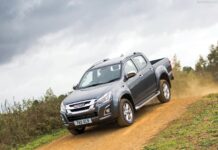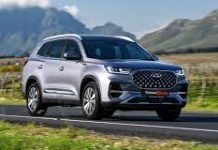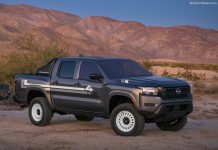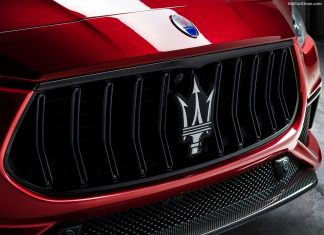Kenyan Vehicles Sales in 2025 is stabilizing. H1 figures grew 16.8%, stabilizing after the impressive surge in Q1. Mitsubishi rose 1 spot into 3rd, looking to take market share from Isuzu and Toyota at the top.
Economic Environment
After a 3-years losing streak, the Kenyan vehicle market is recovering in 2025. H1 figures grew 16.8%, after impressive Q1 surge, which peaked in February, up 154%.
Brand-wise, this year’s leader was still Isuzu with 52.2% market share and a 15.2% increase in sales, followed by Toyota with a 25.5% market share and a 5% loss. Mitsubishi ranked 3rd, securing a share of 413.7% and with impressive growth of 413.7%.
For what concerns models, the Isuzu D-Max was on top of the rankings, up 30.9%, followed by the Toyota Hilux -up 3 spots- growing 118.4%.
Medium-Term Market Trend
The Kenyan vehicle market saw a period of growth leading up to 2015, when annual sales peaked at 13,840 units. This was followed by a sharp downturn, with sales falling by 47% in 2016 and another 8% in 2017, reaching 8,614 units. A recovery emerged in the following years, driven by global macroeconomic improvements and resilient private consumption, pushing sales up to 15,825 units in 2019 (+83.7%).
However, the COVID-19 pandemic disrupted this trajectory, causing sales to drop 19.6% in 2020 to 12,731 units. A rebound followed in 2021, as sales rose by 26.4% to 16,095 units, bolstered by improving consumer confidence and recovering economic activity. Starting in 2022, however, the market entered a sustained recession, falling 5.1% in 2022, 18.7% in 2023, and another 10.6% in 2024 to close at 11,100 units. This downturn was driven by a combination of high inflation, elevated interest rates, and depreciating currency, all of which eroded consumer purchasing power and increased the cost of vehicle imports and financing. As a result, demand for new vehicles declined sharply, particularly for higher-priced models and imported brands.











